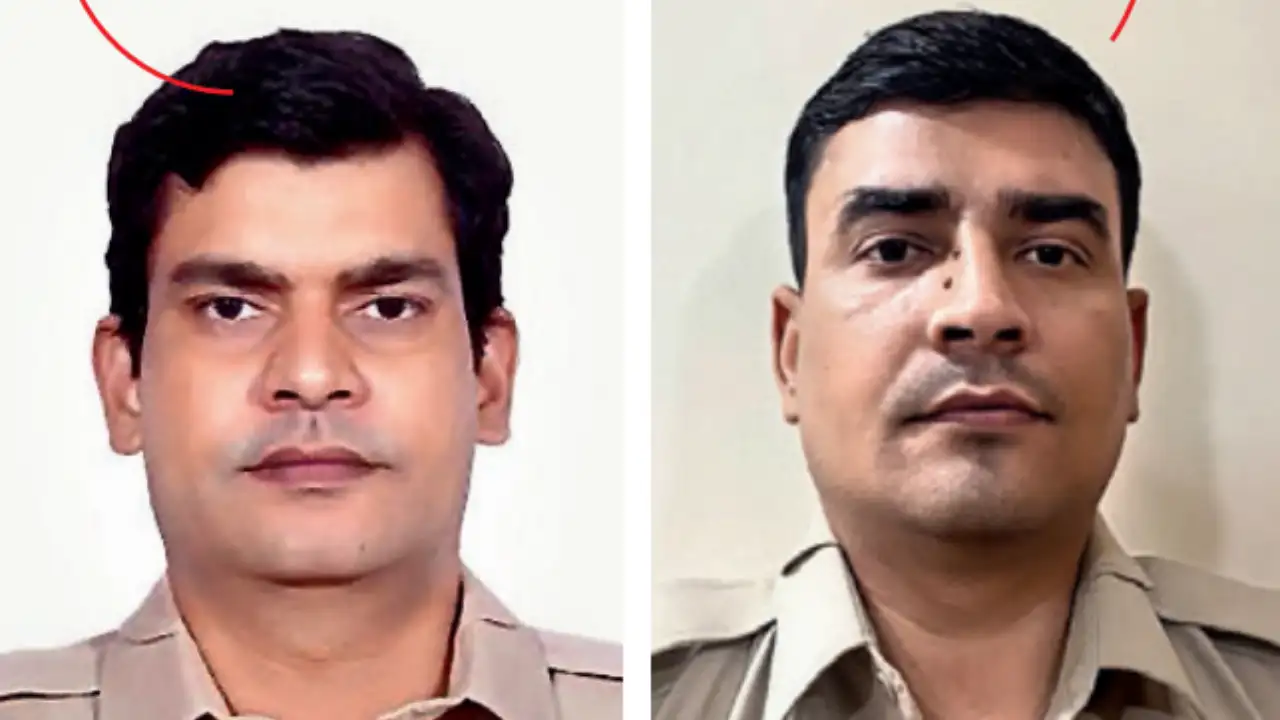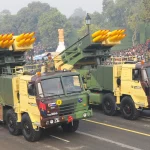With little more than faded photographs, faint clues, and unyielding resolve, two Delhi police officers have achieved the extraordinary—reuniting 223 missing children with their families over the past 11 months. Assistant Sub-Inspectors (ASI) Rajdeep (35) and Nirdesh Panwar (38), both part of the Anti-Human Trafficking Unit (AHTU), have spent months tracking children across eight states, overcoming language barriers, dead-end leads, and years-old cases.

Their relentless work across over 70 police stations in Delhi, and beyond—in Jammu, Uttar Pradesh, Chhattisgarh, Madhya Pradesh, Bihar, Punjab, Rajasthan, and Haryana—has brought long-separated families back together. Often starting with only a name or an old case file, they pieced together digital trails, combed through CCTV footage, and knocked on countless doors in search of the missing.
Their dedication earned them out-of-turn promotions from head constables to assistant sub-inspectors. Rajdeep has rescued 112 children, while Panwar has recovered 111.
“These officers were promoted out of turn as a recognition for their consistent work and the large number of successful recoveries,” said DCP (Shahdara) Prashant Priya Gautam.
Each day begins at 6am with a scan of national databases like CCTNS and ZIPNET for new reports and cold cases. Challenges are many—invalid phone numbers, relocated families, and even the lack of recent photos. “Language is often a barrier too,” said ASI Panwar, explaining how they adapt when working in unfamiliar states.
Once contact is established, they conduct ground visits, gather information on the child’s background, and begin the painstaking work of investigation. They analyze call records, dig through social media for clues, and review hours of CCTV footage. “Sometimes all it takes is one blurry image or a location tag to open up a case,” said ASI Rajdeep.
When digital leads fail, the officers rely on traditional methods—door-to-door searches, inquiries at local shelters, and assistance from NGOs and local police. “We’ve reviewed over 200 cameras for a single case. You’re often chasing a flicker of movement, a hint of a face. But that one frame can change everything,” said Rajdeep.
Some cases take days; others, years. One 14-year-old girl was found alone at a station bench in Jammu after the officers traced her train journey from Delhi. In another case, a girl missing since 2017 from MS Park was found this year in Saharanpur, seven years after vanishing. She was 15 then, 22 now.
“Each case is different—some kids ran away, others were trafficked or abducted. We never assume. Every child deserves the same effort,” said Panwar.
For these two officers, their own children serve as the constant reminder of the mission’s importance. “The moment when a parent hugs their child again… that’s what we work for. That’s what keeps us going,” said Rajdeep.













